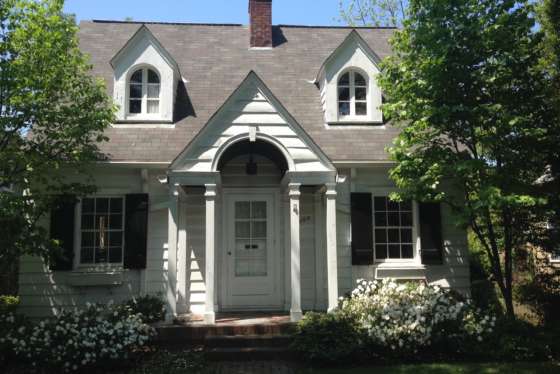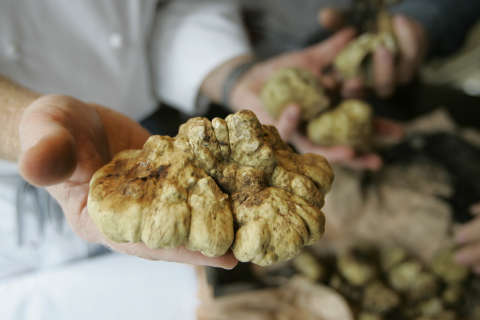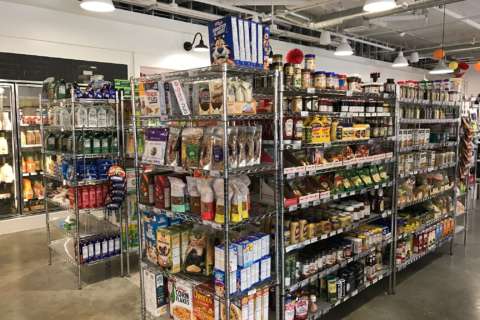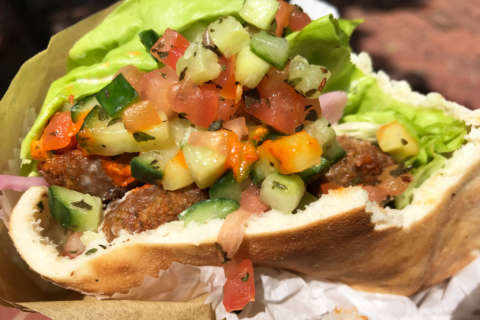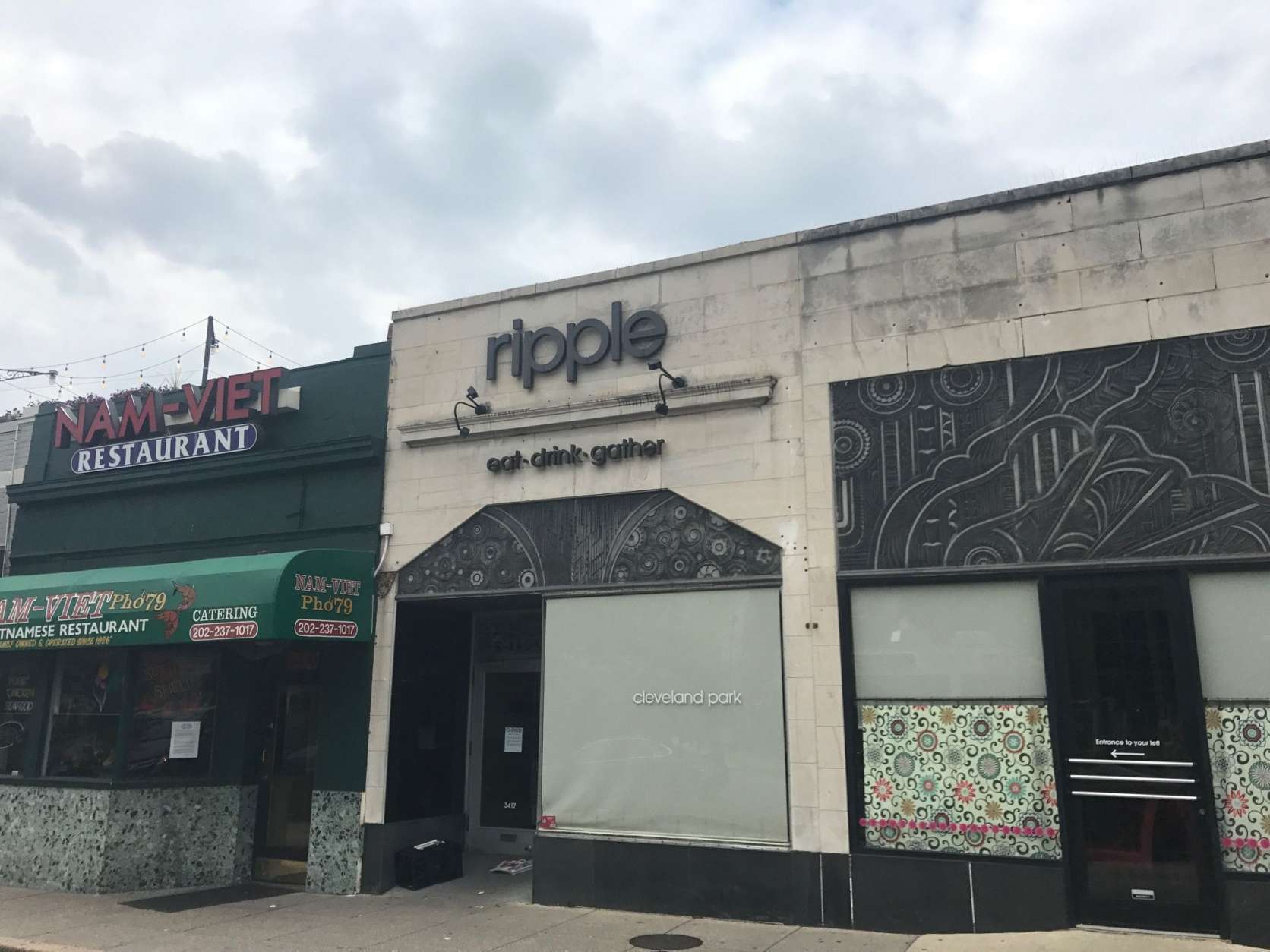
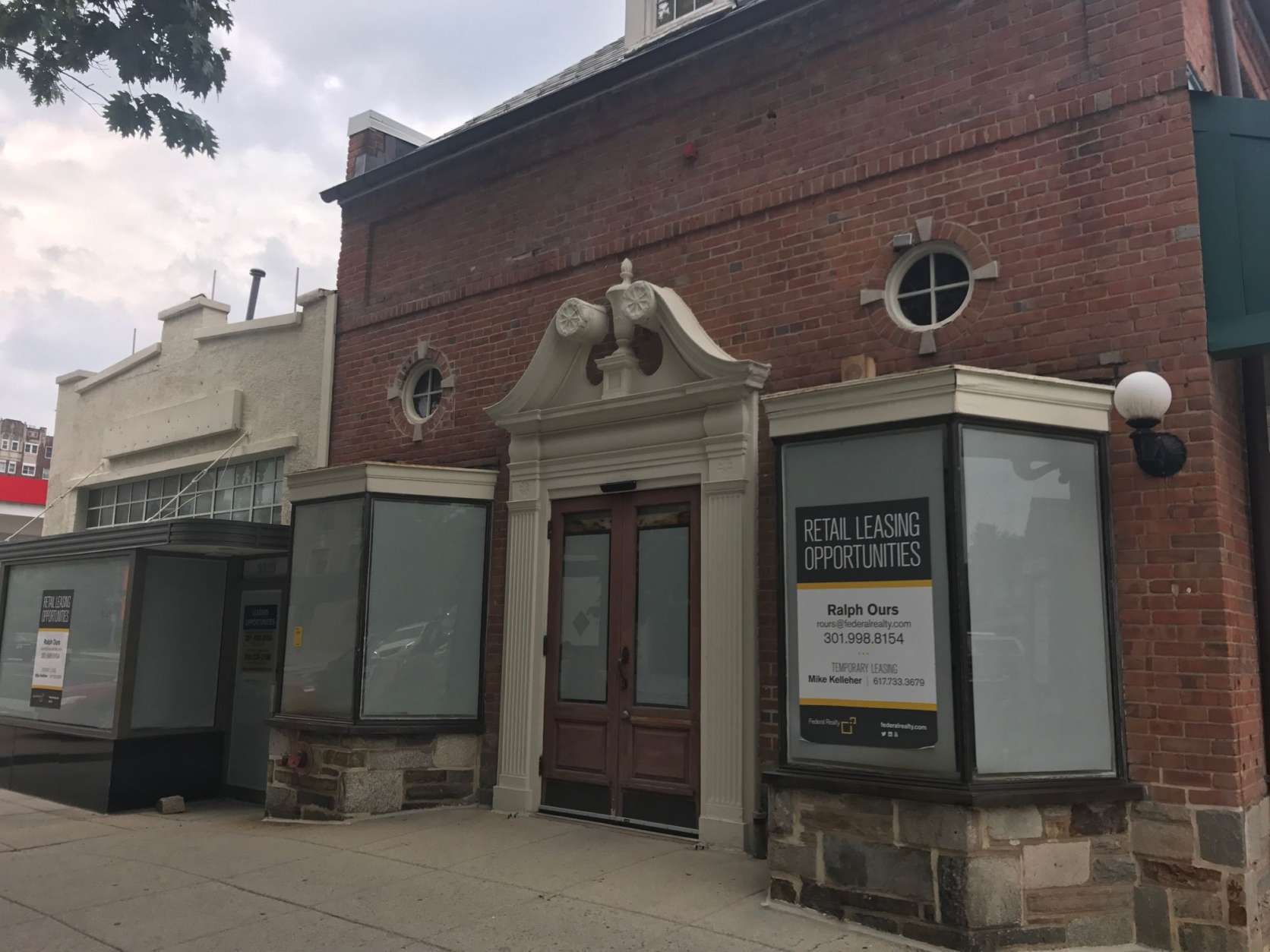
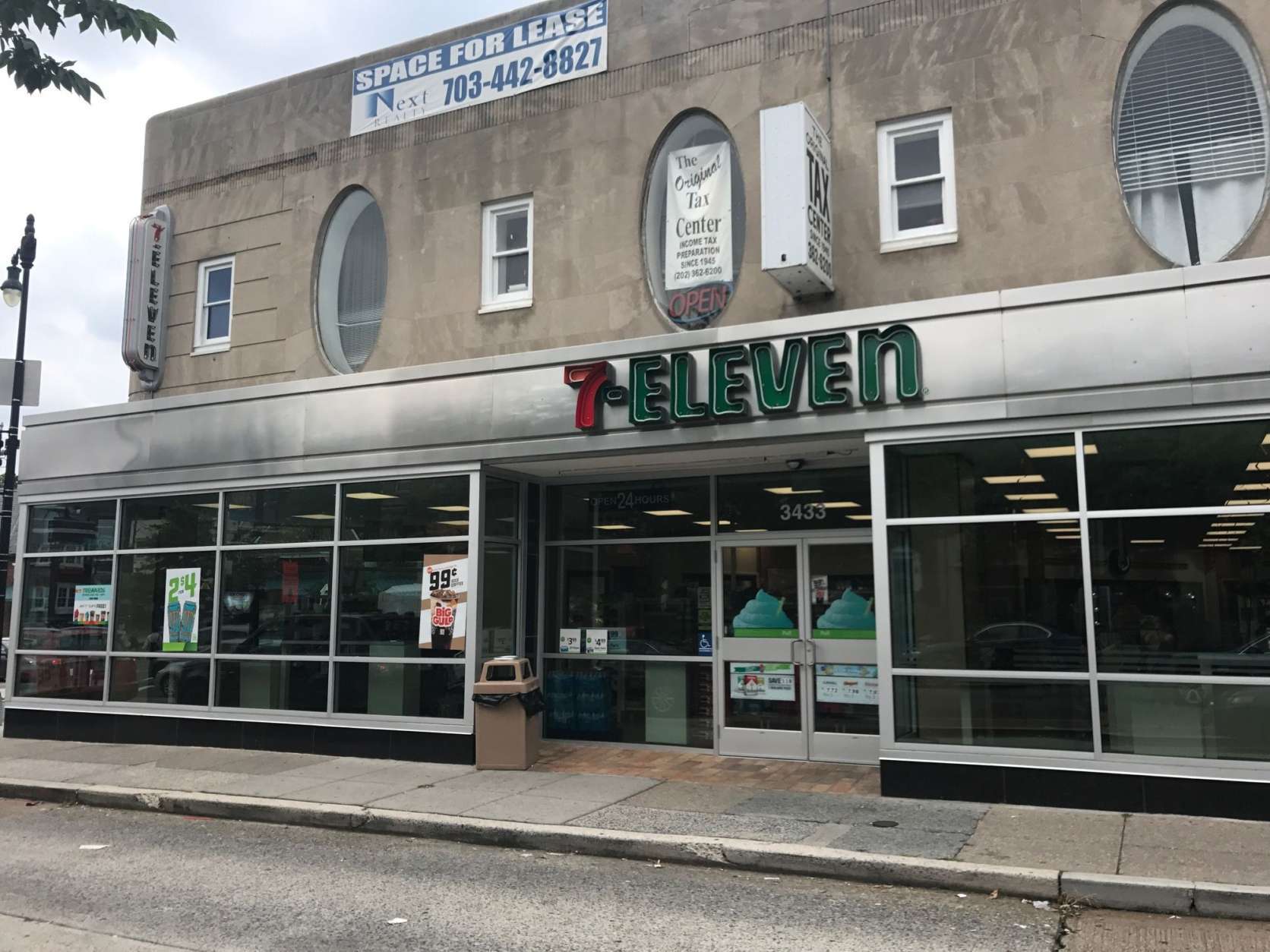
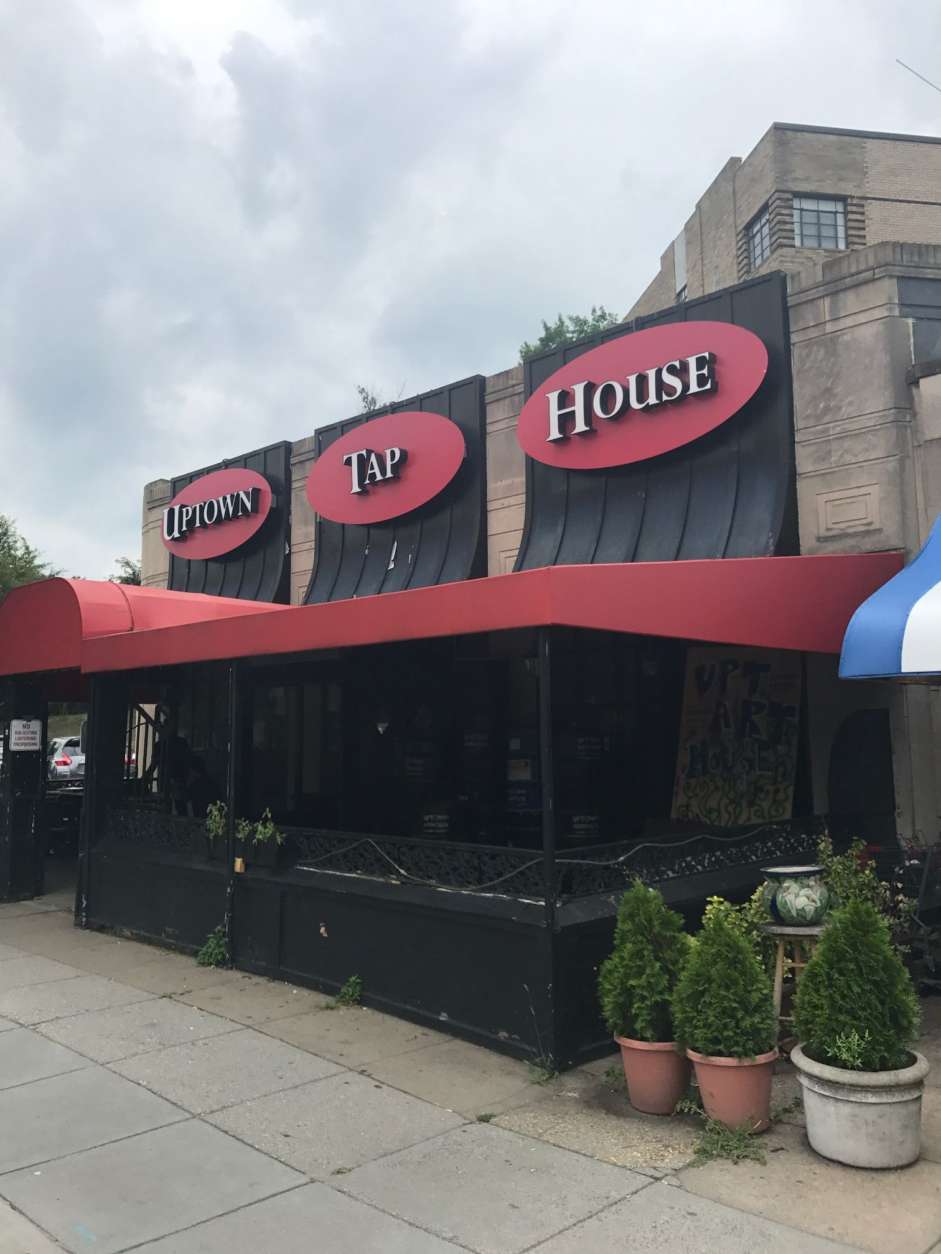
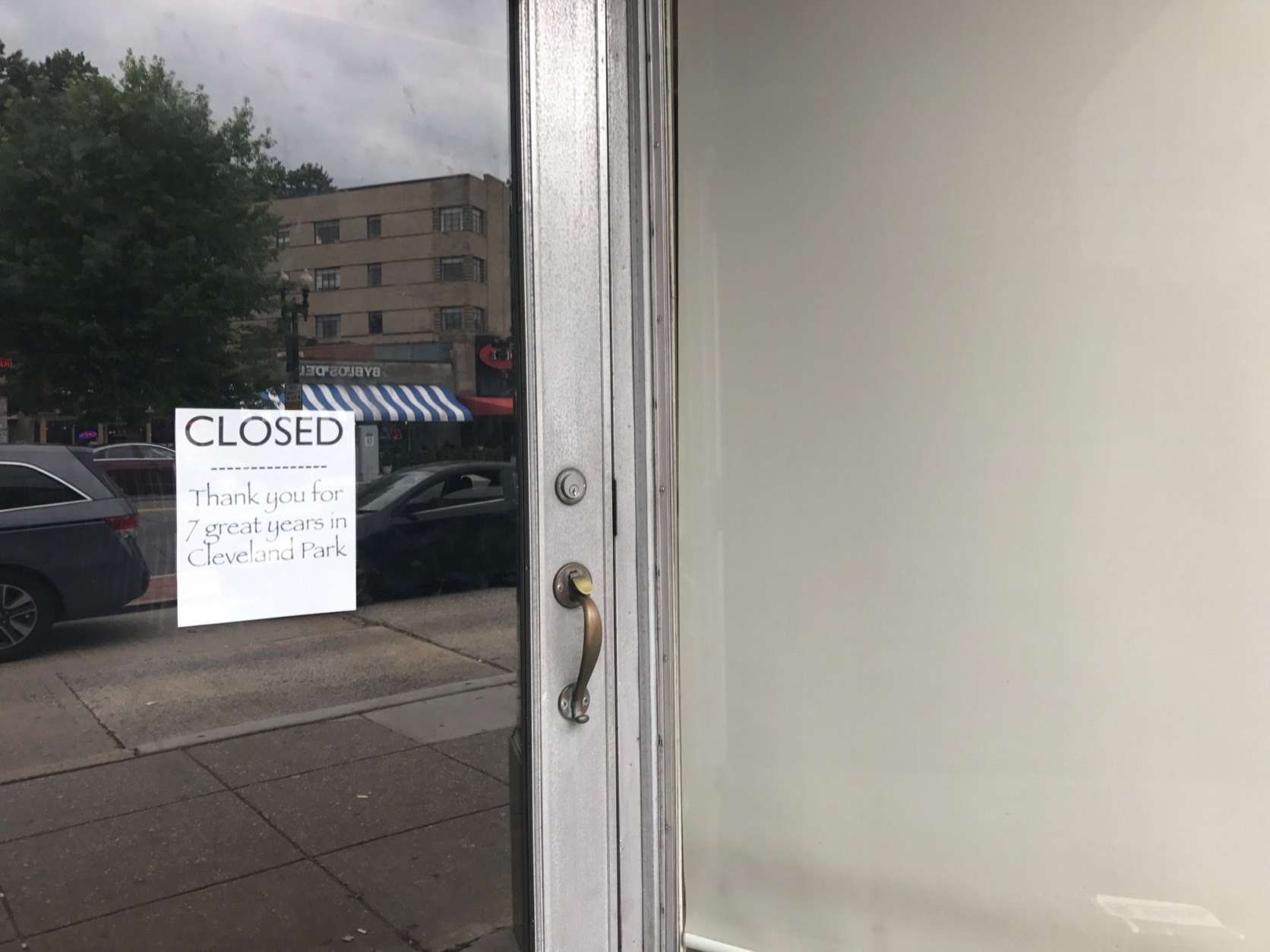
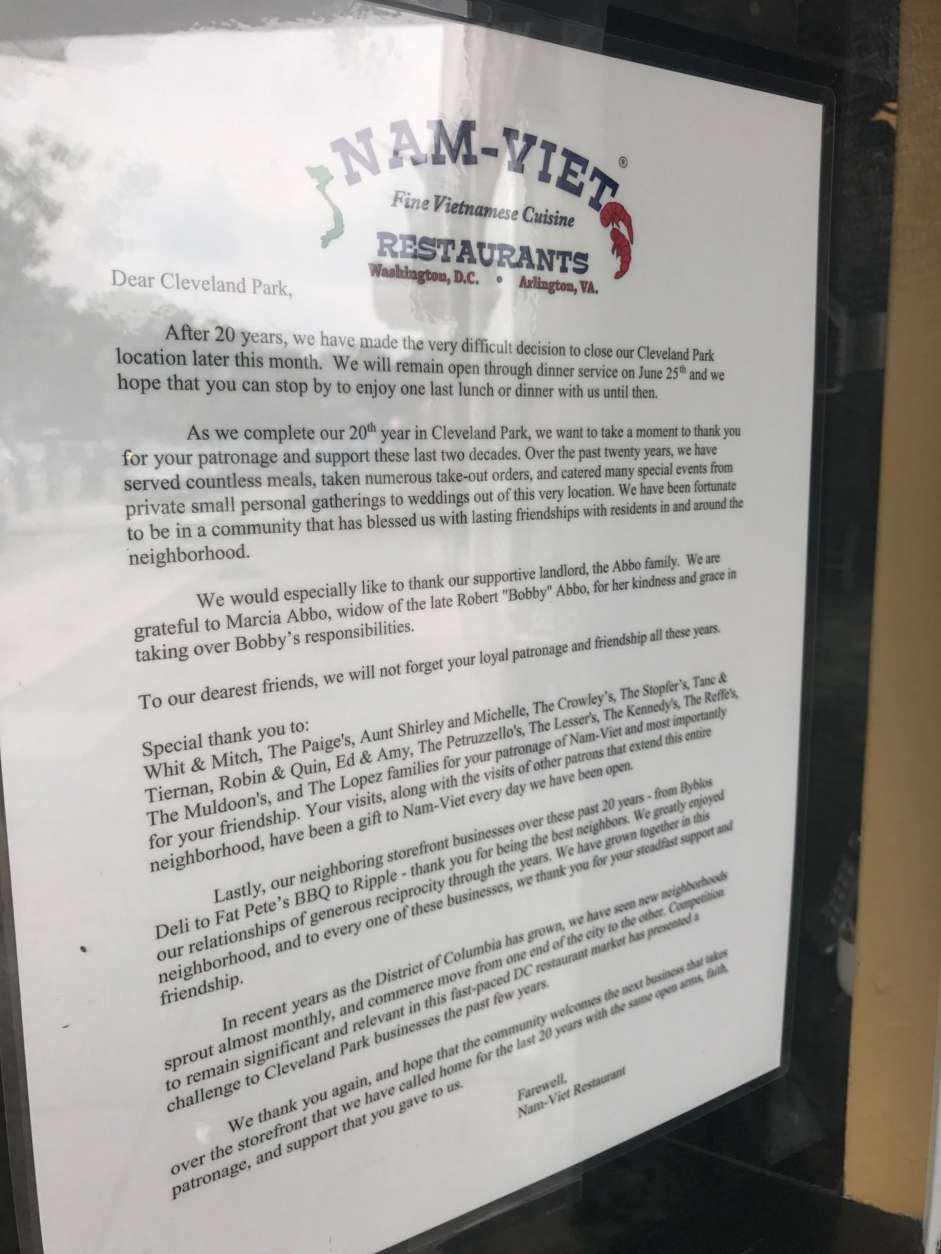
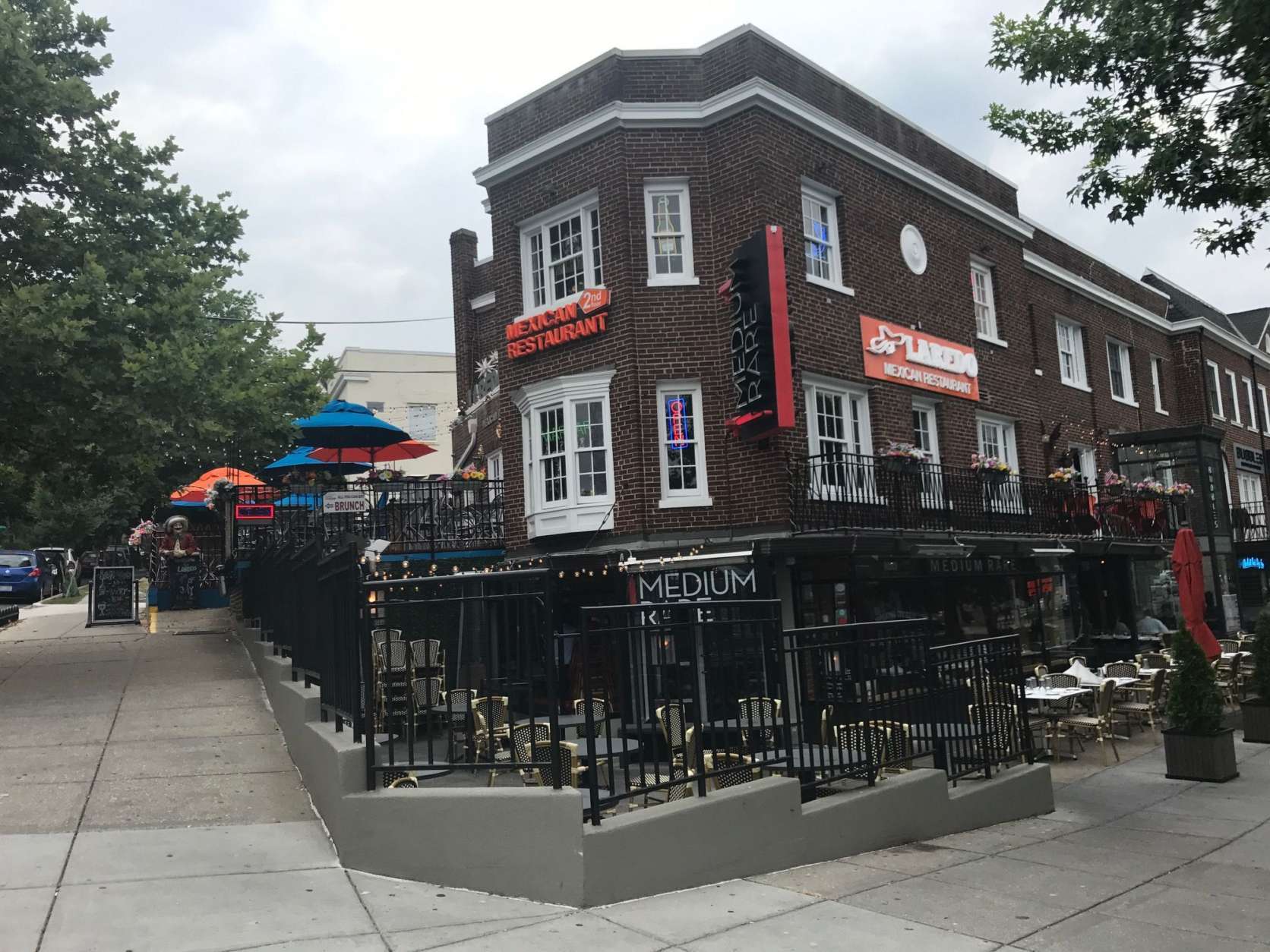
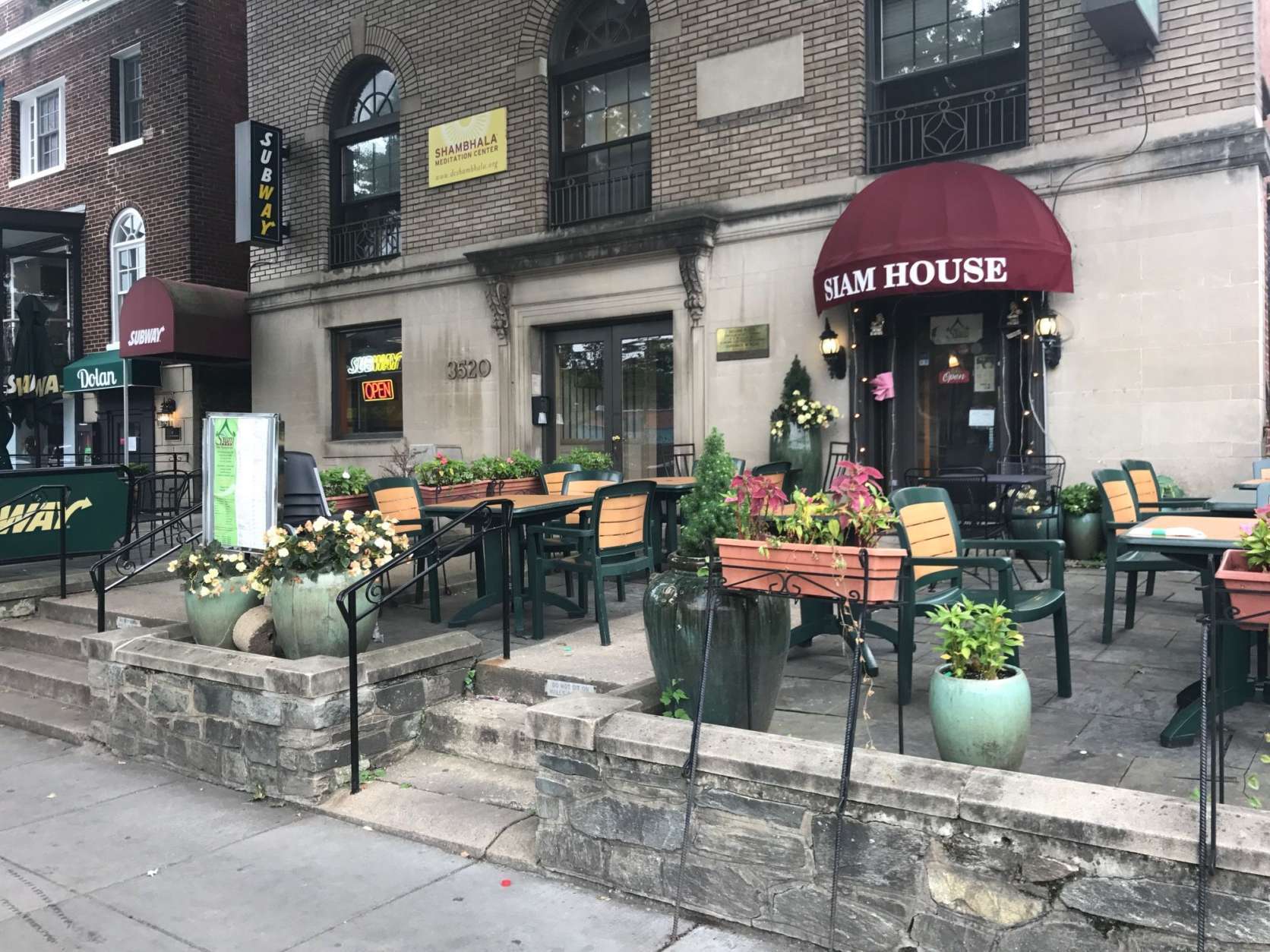
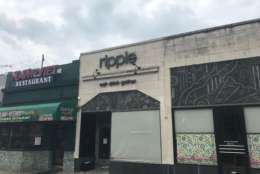
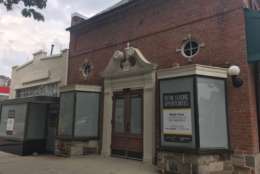

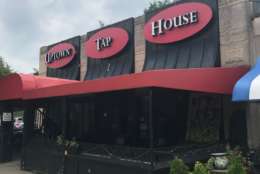
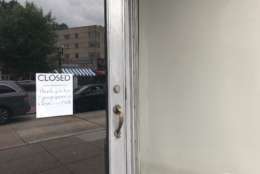
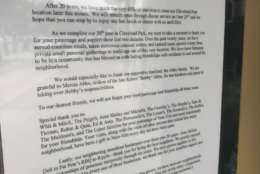
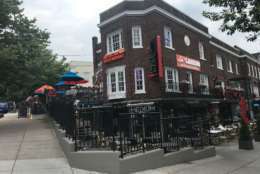
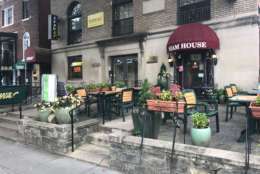
WASHINGTON — When Dean Gold was scouting locations for a restaurant in 2005, he was instantly drawn to D.C.’s affluent and established Cleveland Park neighborhood.
“I thought the strip was charming and sort of had an old feel to it. It was just a gut feeling,” Gold recalled.
He opened Dino on the corner of Connecticut Avenue and Ordway Street, where he remained for eight and a half years. During that time, Gold’s rustic Italian menu attracted people from all over D.C. — the clientele was a true mix of destination diners, locals and even the occasional tourist, Gold said.
But it all came to an end in early 2014, when Gold closed the restaurant. It was not an easy decision to make, but the numbers no longer made sense. Gold told The Washington Post his sales declined by 25 percent in just one year.
“I would say there were a lot of people who were complaining about their sales drop off [around that time],” Gold said.
In fact, chef Frank Ruta’s beloved Palena closed a few months after Dino, as did the French restaurant Lavandou. Fast-forward a few years later, and Cleveland Park continues to lose some of its most acclaimed restaurants.
Last month, Ripple shuttered its doors, despite strong culinary direction from “Top Chef’s” Marjorie Meek-Bradley and RAMMY-nominated Ryan Ratino. Also in June, the 20-year-old Vietnamese restaurant, Nam-Viet, announced its end. The former home of an Irish bar on the corner of Connecticut Avenue and Newark Street still sits vacant several years after it closed.
It’s safe to say that with all of these absences, Cleveland Park’s once thriving five-block stretch is looking a little depressed these days. The demographic, however, is anything but.
The neighborhood’s median home value hovers around $1 million, and a one-bedroom apartment costs around $2,000 a month. The area is Metro accessible and bus lines run up and down its main artery.
So why can’t Cleveland Park keep its most popular restaurants in business? According to experts, there are a few reasons.
Not just increased competition, increased access
In the last few years, the city has seen an explosion in the number of restaurants that call the District home. More than 100 concepts opened in the fall of 2016, alone, Eater reports.
“Basically you have restaurants opening up at a dizzying pace in D.C., and it’s been going on for five years now,” Gold said, adding that if a section of the city isn’t a part of this growth, it falls off people’s radar.
“People aren’t talking about it as a place to go to eat.”
Rebecca Cooper, restaurant and retail reporter for The Washington Business Journal, says D.C.’s restaurant boom is “forcing everybody to step up their game” — and not just with the neighboring competition.
“[Restaurants] are competing just as much with people five neighborhoods away because of services like Uber and Lyft,” Cooper said.
“People are moving around the city a lot more than they used to, which means that you don’t have a dedicated restaurant customer base in your neighborhood automatically anymore.”
Newly revitalized and restaurant-saturated areas — including the 14th Street corridor, Shaw and The Yards — aren’t the only destinations distracting diners away from Cleveland Park.
Restaurants in the Cathedral Commons development on Wisconsin Avenue are now options for the neighborhood’s residents, as are Van Ness’ Soapstone Market, Sfoglina and Bread Furst.
An aging infrastructure
It’s impossible to drive across town without spotting a construction crane or two — or 10. In 2016, D.C. permitted 4,582 residential units, down slightly from the previous year’s number of 4,956, and many of these fresh residences sit atop thousands of square feet primed for restaurant and retail business.
But there’s nothing shiny and new about the spaces available in Cleveland Park.
“A lot of restaurant concepts are changing, and what I’ve heard from our brokerage community is some of the footprints just aren’t fitting new restaurant concepts,” said Bruce Leonard, managing principal at the Bethesda, Maryland-based firm Streetsense.
D.C.’s new luxury apartment buildings are also attracting millennials, who spend nearly half of their food budget (44 percent, or $2,921 annually) on dining out, Forbes reports.
“I think the reason that you’re seeing so many restaurants open in these more emerging neighborhoods, and people think there’s no way they could possibly support that many new restaurants, is because there are a lot more people. And there are a lot more people who are eating out multiple nights a week,” Cooper said, adding that those occupying Cleveland Park’s single-family homes are less likely to dine out as frequently as millennials.
Leonard added, “There’s a lot of choice where you can live in the city now, and that didn’t exist, say, 20 years ago … Areas that are pretty residential, they’re going to feel the pressure of these new locations.”
Inside-only
Then, there’s the ongoing discussion over the lack of outdoor dining on the eastern side of Connecticut Avenue. While restaurants on the western side of the street have enough room for al fresco patios, those on the opposite side do not, due to a service lane reserved for traffic.
“And that’s becoming a big component of the food scene now. A lot of customers want to eat out, so they’re making choices on what locations have a great outdoor dining experience,” Leonard said.
Outdoor seating may not determine a restaurant’s overall success, but Cooper says it can give a boost during certain times of the year.
“We get a lot of outdoor seating time here in Washington, and hardly any of those restaurants are able to offer an outdoor dining experience because the sidewalk is so truncated due to the parking lane,” she added.
Daytime traffic
One of the biggest business drawbacks in Cleveland Park is the lack of daytime traffic, compared to other areas of the city.
“A lot of restaurants, food and beverage concepts, they need that lunch traffic to really make a go of it,” Leonard said.
“If they’re relying strictly on evening meals — maybe they get two settings — it’s really hard for their business model to work, so they’re relocating to areas that have a healthy office density so they get both that lunch traffic and that evening traffic.”
Rent
Rent prices can’t be ignored when it comes to this topic. And in D.C., rent is not cheap — even in the city’s less trendy neighborhoods.
Leonard says most retail and restaurant concepts can afford to pay between 6 and 8 percent of gross sales in rent. Some of the rents in Cleveland Park cost between $70 and $90 a foot, making the cost of business expensive.
Cooper says one obstacle is how retail space is divided in Cleveland Park, compared to newer communities, which are generally owned by one developer. That one developer may be more willing to work with a restaurateur on rent if he finds the restaurant adds value to the overall property.
“Those landlords are starting to come around to making better deals with the restaurants because they have realized that it’s that much more important for the health of their building above,” Cooper said.
This negotiation is less likely in an area like Cleveland Park, which is made up of smaller, independently owned properties.
Finding the right fit
Shortly after Gold closed Dino in Cleveland Park, he opened Dino’s Grotto on 9th Street in Shaw. He describes his new concept as more relaxed, his cooking as more playful.
“In Shaw, we’re reinventing ourselves all the time. We’ve always tried to do that, but in Shaw, we’re actually doing it, and we’re getting more casual, and in my mind, from the point of view as a chef, having more fun,” Gold said.
He also finds that the neighborhood is more accepting of his cooking philosophy, which embodies locally sourced ingredients.
“At one time, we might have been the right restaurant for the [Cleveland Park] neighborhood, but certainly by the time I left, I was the wrong restaurant for the neighborhood, and the neighborhood has spoken in reality, because the places that are left that are doing business aren’t places that are buying their meat from local farms. They’re not places that are featuring local, seasonal vegetables, for the most part,” Gold said, noting Coppi’s Organic as an exception.
“The reality was, the kind of restaurant that I wanted to have, devoted to local ingredients and non-trendy cooking and simple food, that kind of a restaurant doesn’t have much of a support base in Cleveland Park.”

